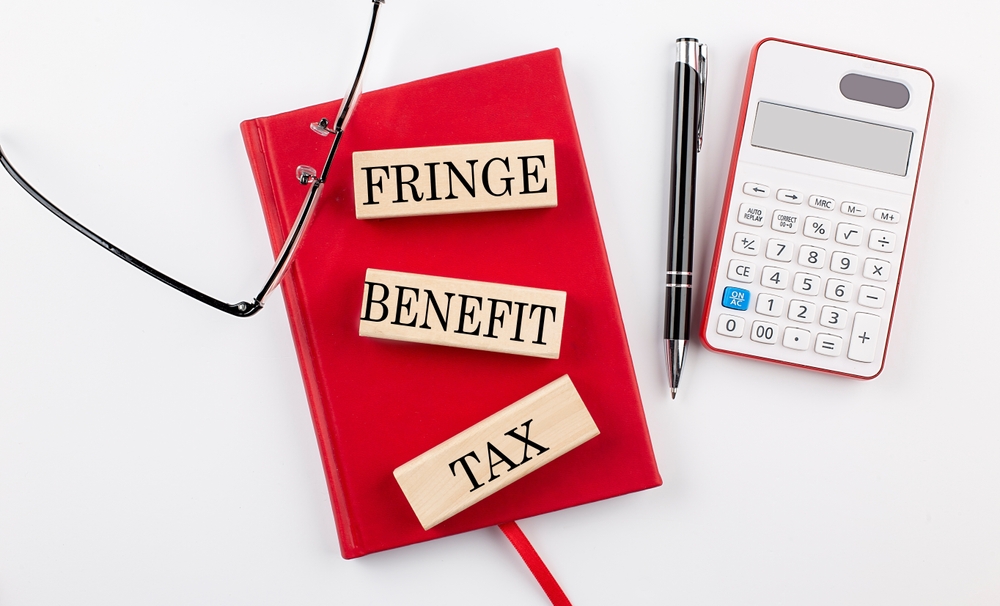Transcript:
Ross Forrester : Hey guys, this is Ross.
Sarah Lee : Hi, this is Sarah.
Ross Forrester : Today we’re having a bit of a chat today about fringe benefits tax, and how fringe benefits tax mixes in with other taxes.
Sarah Lee : It doesn’t exist in isolation.
Ross Forrester : If we’re looking at fringe benefits tax, where we try and talk about it existing with other taxes is this concept of a reportable fringe benefit, and where you’ve got a reportable fringe benefit, it gets shown on a person’s Pay As You Go withholding summary statement, and then that will impact other taxes. So if you have a fringe benefit provided to an employee, that will reduce their wage so their wage is not subject to payroll tax anymore. But if it’s a reportable fringe benefit, that is now a benefit that is subject to payroll tax. There’s other taxes that can apply.
Sarah Lee : With reportable fringe benefits, it is reportable if exceeds $2,000, and it can also impact your super guarantee levy. If you’ve got, say, $300,000 in salary and you have to pay division 293 which is about 3,750 on your super contributions, but if you do a salary sacrifice package and say you have got a hundred grand in interest payments, that brings your wages down to 200 grand, so then you wouldn’t have to pay on that super guarantee levy.
Ross Forrester : And I guess that’s important because if you salary sacrificed a hundred grand of interest payments on negatively geared property, that hundred grand on interest payments is not a reportable fringe benefit, so it’s not subject to payroll tax for example. And it’s not subject to your super guarantee charge tax, which the division 293 tax, so you can actually get a significant value by salary packaging items which aren’t reportable.
Ross Forrester : But if a benefit is reportable, it also appears on the wages and salaries for an individual for child maintenance.
Sarah Lee : Yep, that’s right. And HELP debt as well.
Ross Forrester : Yep, your university HELP debt or HECS debt, as I had. So there’s also a lot of government and government benefits, family tax assistance, which look at the taxable income or adjusted taxable income of a person. Where you’ve got a reportable fringe benefit, that will be taken into account in the adjusted taxable income of a person, whereas if the benefits are not reportable they won’t be considered, it will just be reduced salary and wage. But not all, like you talked about that there’s two grand benefit-
Sarah Lee : Yep, it varies.
Ross Forrester : There’s a two grand threshold for benefits provided, but not all benefits are reportable benefits either, are they?
Sarah Lee : No. So we’ve got car parking fringe benefits that actually are not reportable, so that doesn’t have to go on statements.
Ross Forrester : Yep. Even that’s an opportunity. So where you’ve got an employer who is a larger employer, so you need to be turning over more than 10 mill. If you provide car parking to your staff, that car parking benefit is not reportable. So you can actually get a legitimate payroll tax saving by salary packaging car parking. Of course, though, then you have employers, small employers where there’s no car parking fringe benefit applicable to them. So you actually get a tax deduction for the car parking you provide your staff, whereas the staff would ordinarily have to pay that out of their salary.
Ross Forrester : So if you look at that fringe benefits tax creatively, and in particular by looking at your reportable fringe benefits and how that interrelates to other forms of taxation, you can actually get quite amazing outcomes, which effectively allows you to pay your staff more.
Sarah Lee : Yep, exactly. So there is a lot of opportunity there for employers.
Ross Forrester : Yeah, and just doing a deep dive into what is a reportable fringe benefit in terms of the whole operating position. All right. Thanks guys.
Sarah Lee : Thank you, we’ll you in the next one.





